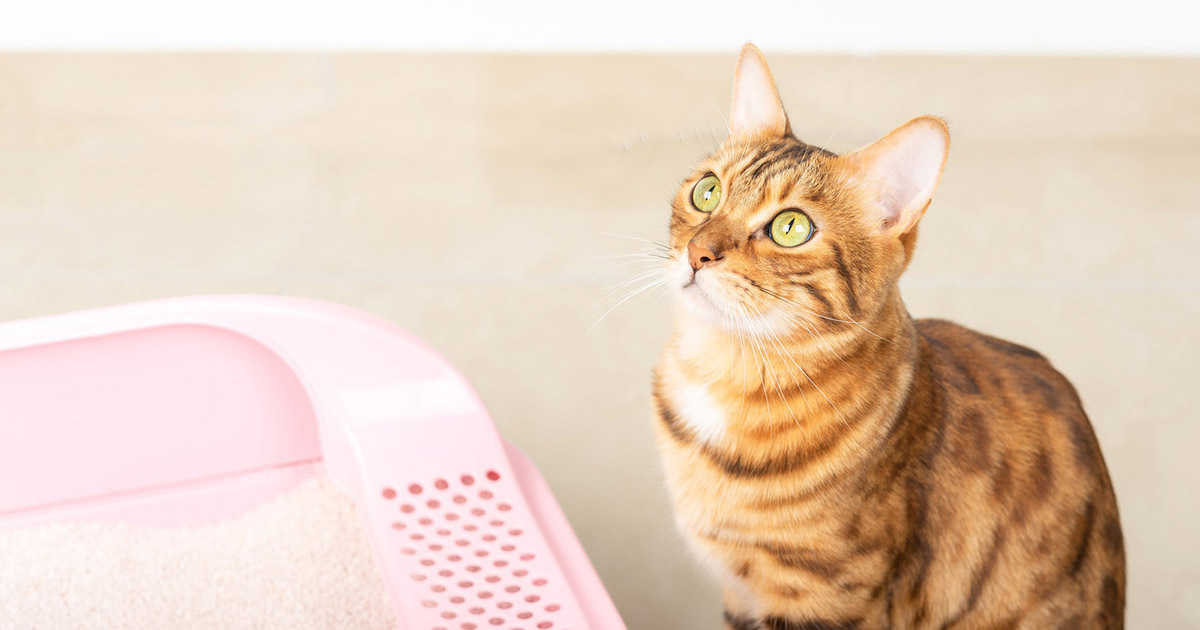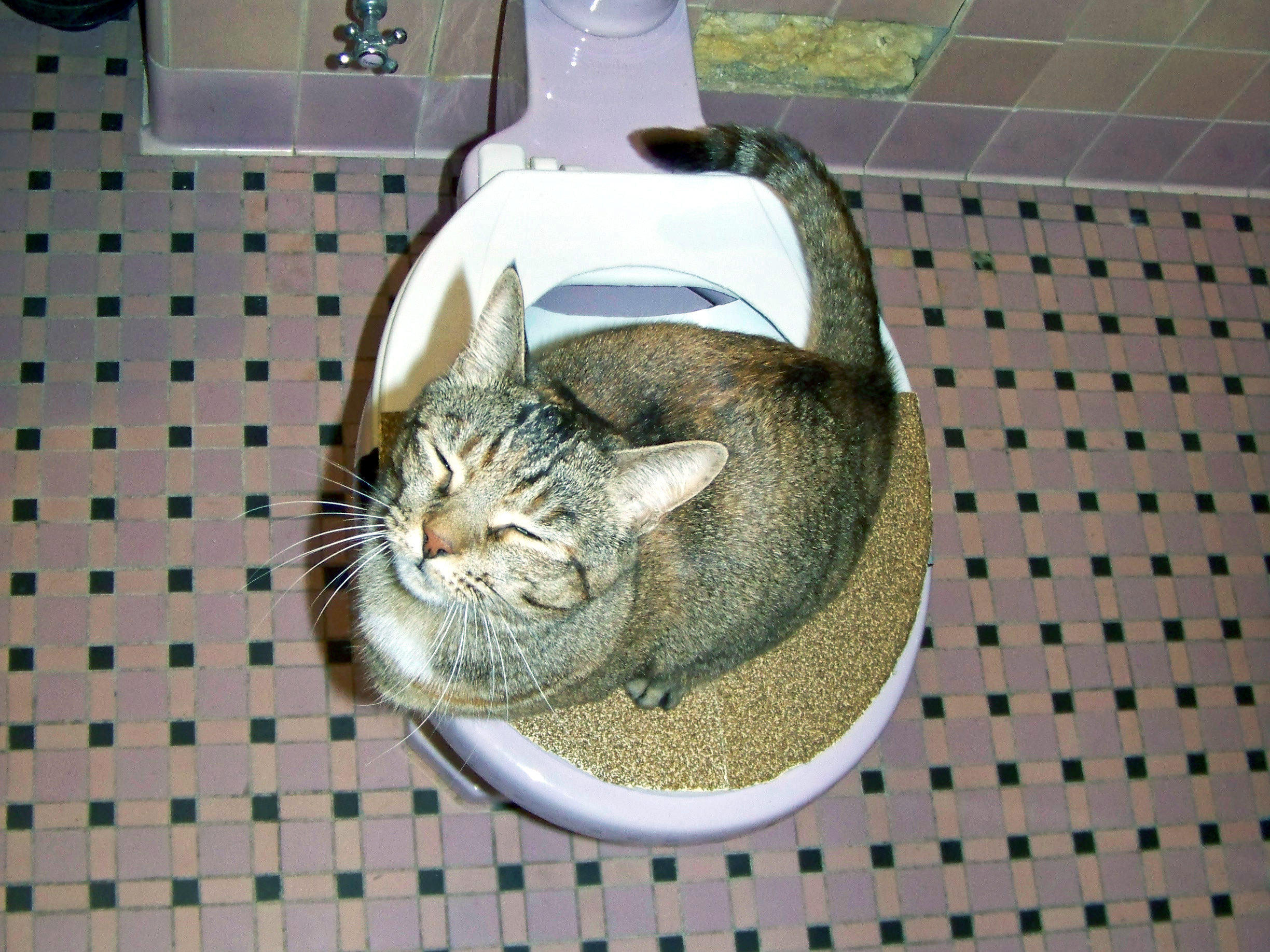Dangers of Flushing Cat Poop Down Your Toilet - Prevent Potential Issues
Dangers of Flushing Cat Poop Down Your Toilet - Prevent Potential Issues
Blog Article
Have you been searching for info about Can You Flush Cat Poop Down The Toilet??

Introduction
As cat owners, it's important to bear in mind just how we dispose of our feline buddies' waste. While it might appear hassle-free to purge feline poop down the bathroom, this method can have damaging repercussions for both the atmosphere and human health and wellness.
Environmental Impact
Flushing pet cat poop presents dangerous microorganisms and parasites right into the water, presenting a considerable risk to marine environments. These pollutants can adversely affect marine life and concession water quality.
Wellness Risks
In addition to ecological issues, flushing cat waste can additionally position wellness threats to human beings. Feline feces might consist of Toxoplasma gondii, a bloodsucker that can create toxoplasmosis-- a potentially serious health problem, specifically for expectant women and people with damaged body immune systems.
Alternatives to Flushing
Fortunately, there are much safer and more accountable ways to throw away pet cat poop. Consider the following alternatives:
1. Scoop and Dispose in Trash
One of the most typical technique of throwing away pet cat poop is to scoop it right into a biodegradable bag and throw it in the garbage. Make certain to use a specialized clutter scoop and get rid of the waste without delay.
2. Usage Biodegradable Litter
Opt for naturally degradable feline trash made from products such as corn or wheat. These trashes are eco-friendly and can be securely taken care of in the garbage.
3. Hide in the Yard
If you have a lawn, take into consideration burying cat waste in a designated location far from vegetable gardens and water sources. Be sure to dig deep sufficient to stop contamination of groundwater.
4. Mount a Pet Waste Disposal System
Invest in a family pet waste disposal system specifically designed for feline waste. These systems use enzymes to break down the waste, reducing smell and environmental influence.
Conclusion
Liable animal ownership expands beyond giving food and shelter-- it additionally entails correct waste administration. By avoiding flushing pet cat poop down the toilet and selecting alternative disposal techniques, we can decrease our environmental footprint and safeguard human wellness.
Why Can’t I Flush Cat Poop?
It Spreads a Parasite
Cats are frequently infected with a parasite called toxoplasma gondii. The parasite causes an infection called toxoplasmosis. It is usually harmless to cats. The parasite only uses cat poop as a host for its eggs. Otherwise, the cat’s immune system usually keeps the infection at low enough levels to maintain its own health. But it does not stop the develop of eggs. These eggs are tiny and surprisingly tough. They may survive for a year before they begin to grow. But that’s the problem.
Our wastewater system is not designed to deal with toxoplasmosis eggs. Instead, most eggs will flush from your toilet into sewers and wastewater management plants. After the sewage is treated for many other harmful things in it, it is typically released into local rivers, lakes, or oceans. Here, the toxoplasmosis eggs can find new hosts, including starfish, crabs, otters, and many other wildlife. For many, this is a significant risk to their health. Toxoplasmosis can also end up infecting water sources that are important for agriculture, which means our deer, pigs, and sheep can get infected too.
Is There Risk to Humans?
There can be a risk to human life from flushing cat poop down the toilet. If you do so, the parasites from your cat’s poop can end up in shellfish, game animals, or livestock. If this meat is then served raw or undercooked, the people who eat it can get sick.
In fact, according to the CDC, 40 million people in the United States are infected with toxoplasma gondii. They get it from exposure to infected seafood, or from some kind of cat poop contamination, like drinking from a stream that is contaminated or touching anything that has come into contact with cat poop. That includes just cleaning a cat litter box.
Most people who get infected with these parasites will not develop any symptoms. However, for pregnant women or for those with compromised immune systems, the parasite can cause severe health problems.
How to Handle Cat Poop
The best way to handle cat poop is actually to clean the box more often. The eggs that the parasite sheds will not become active until one to five days after the cat poops. That means that if you clean daily, you’re much less likely to come into direct contact with infectious eggs.
That said, always dispose of cat poop in the garbage and not down the toilet. Wash your hands before and after you clean the litter box, and bring the bag of poop right outside to your garbage bins.
https://trenchlesssolutionsusa.com/why-cant-i-flush-cat-poop/

Hopefully you enjoyed our section about Can You Flush Cat Poo or Litter Down the Toilet?. Many thanks for taking time to read our article. Appreciated our content? Please share it. Let other people discover it. We take joy in reading our article about How to Dispose of Cat Poop and Litter Without Plastic Bags.
Book An Appointment Report this page